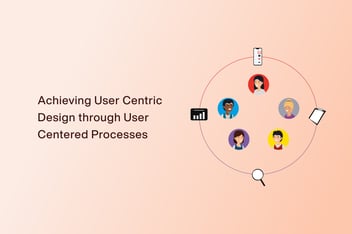ChatGPT, an advanced language model developed by OpenAI, is revolutionizing the field of UX design by allowing designers to incorporate conversational interfaces into their products. By leveraging natural language processing and machine learning, ChatGPT can provide users with a seamless and personalized experience, making it a valuable tool for UX designers. In this article, we will explore how ChatGPT can help UX designers and provide examples of its applications.
-
Understanding User Needs
One of the primary advantages of ChatGPT is its ability to understand user needs. By creating conversational interfaces that prompt users with questions and analyze their responses, designers can gain valuable insights into user preferences and pain points. -
Improving User Engagement
Another way ChatGPT can assist UX designers is by improving user engagement. By creating conversational interfaces that mimic human conversation, designers can provide users with a more natural and intuitive experience. For example, a healthcare app could use ChatGPT to create a virtual nurse that interacts with patients, asking them questions about their symptoms and providing personalized advice. By providing users with a personalized experience, the app can increase user engagement and improve overall user satisfaction. -
Enhancing Accessibility
ChatGPT can also be used to enhance accessibility for users with disabilities. By creating conversational interfaces that can be controlled using voice commands, designers can provide users with a more accessible and inclusive experience. -
Streamlining Customer Support
Finally, ChatGPT can help UX designers streamline customer support. By creating conversational interfaces that can answer common customer inquiries, designers can reduce the workload on customer support agents and provide users with a faster and more efficient experience. For example, an e-commerce website could use ChatGPT to create a virtual assistant that can answer questions about shipping and returns, freeing up customer support agents to focus on more complex inquiries. -
Personalizing User Experience
By leveraging natural language processing and machine learning, ChatGPT can provide users with a highly personalized experience. For example, a food delivery app could use ChatGPT to create a virtual assistant that analyzes users' previous orders and suggests new dishes based on their preferences. By providing a personalized experience, the app can increase user satisfaction and loyalty. -
User experience analysis
ChatGPT effectively analyzes user feedback on different platforms and creates user experience reports.
In conclusion, ChatGPT is a powerful tool that can assist UX designers in creating more effective and user-friendly interfaces. By understanding user needs, improving user engagement, enhancing accessibility, and streamlining customer support, designers can leverage ChatGPT to create products that provide a seamless and personalized experience for users. As the technology continues to evolve, we can expect to see even more innovative applications of ChatGPT in the field of UX design.

.png)

.png?width=352&name=image.png%20(13).png)
